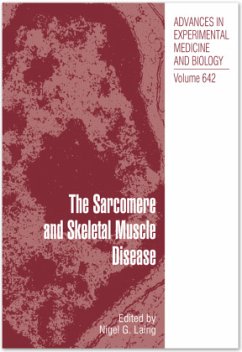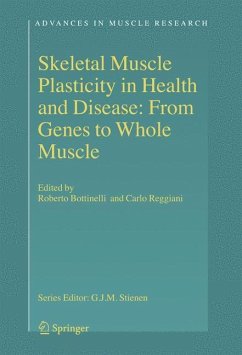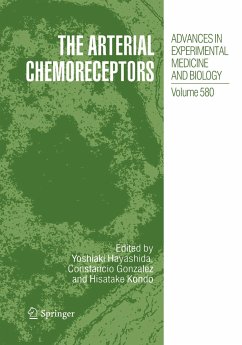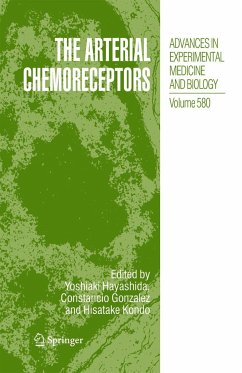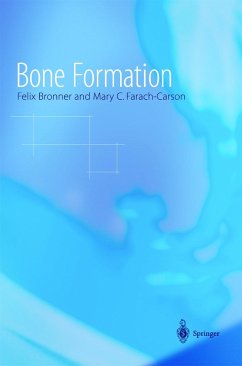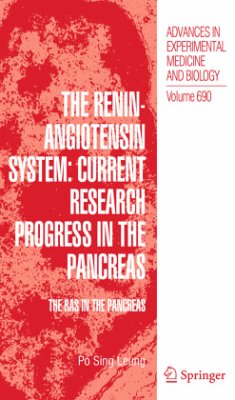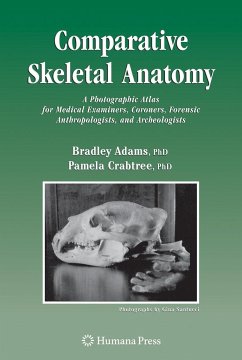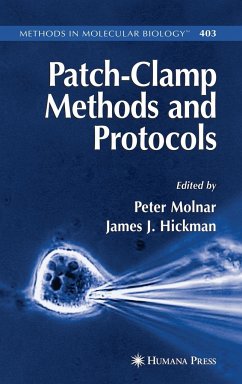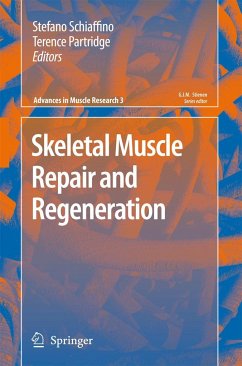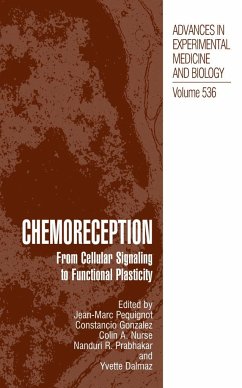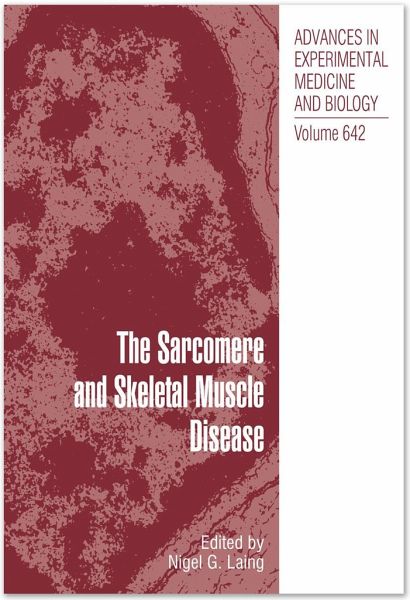
The Sarcomere and Skeletal Muscle Disease

PAYBACK Punkte
57 °P sammeln!
Although best known for its role in heart disease, the sarcomere--the fundamental unit of muscle contraction--is also involved in skeletal muscle diseases. Chapters in The Sarcomere and Skeletal Muscle Disease provide an up-to-date review of diseases caused by mutated proteins in the different sub-compartments of the sarcomere, document the techniques currently being used to investigate the pathobiological bases of the diseases, which remain largely unknown, and discuss possible therapeutic options.





